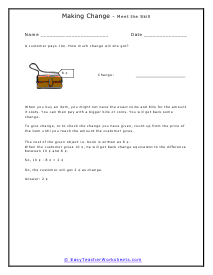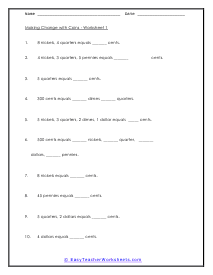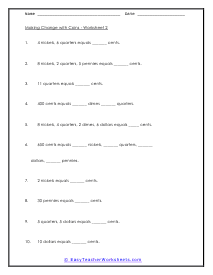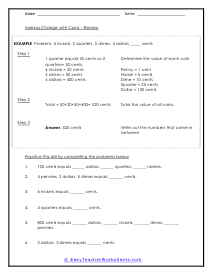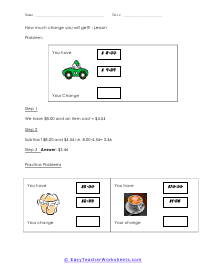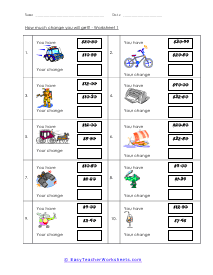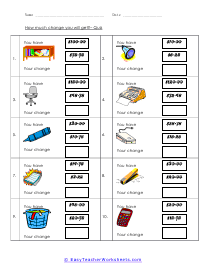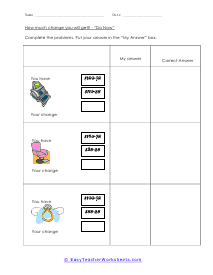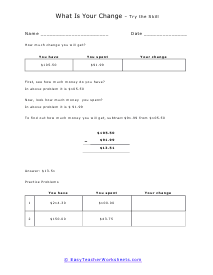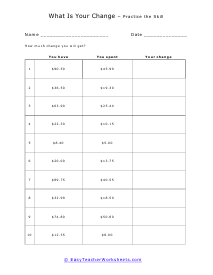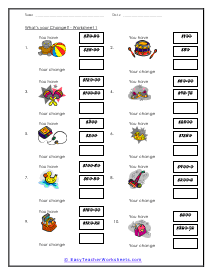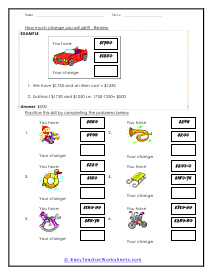You can say that cash register operators are professional money counters. They always start their day by counting the amount of money in their drawer to verify what they need to give back. A technique that cash register operators do to insure that their counting is correct is to count back the change to customers. For example if you owed nine dollars and fifty cents, then paid with a twenty dollar bill, the operator would start at a count of nine dollars and fifty cents and count up to twenty as they handed you back your change.
Money takes up a major chunk of mathematics. It uses both a note and coins. While counting the money in notes is pretty easy, counting them in coins is sometimes difficult and takes up a lot of time. But making a change with coins is a great task, and it’s also pretty easy! Now whatever amount of money you have, you can easily get it exchanged for coins. For example, if you have 5 dollars, you can get it changed for 500 cents. But if you don’t know how to count it, not to worry! It’s very easy! You can do it with your hands by separating the coins types and then adding them. Gather all the coins together that you have and separate them in piles of one type. For example, pennies in one pile, half-dollars in the second pile, and $1 in the third pile. Now work with one type of coin at a time, then jump to the next coin. If you have more than one pile of the same coins, add coins in each stack first then multiply the number of stacks with the number of the coin in each. Repeat the process for the other coins as well and then add up the final amount to know the total amount of money you have. These worksheets explain how to do make change by using addition and subtraction with different coin. Students will add different coins together, learn how to make change, and more.








